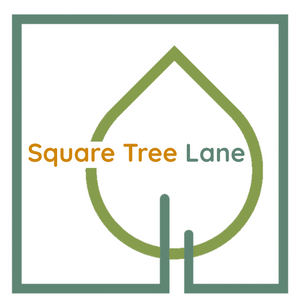Wood species: the good, the bad, & the ugly
Not all woods are created equal and some should never be used to make cutting or charcuterie boards.

The potential dangers of using the wrong wood can be a toxic threat due to the chemical make up of certain wood species. Additionally, a higher level of porosity in certain woods (that tend to be on the softer side) can pose yet another risk just as harmful. These woods provide the perfect breeding ground for harmful bacteria. There is a long list of wood species you should never use for the purpose of a cutting or charcuterie board. I will mention a handful of them here but I hope to delve deeper on the subject with a more comprehensive list in the near future. In the meantime, here is the abridged version.
Avoid soft woods such as pine or cedar. These woods are prone to scratches and marring which can foster a breeding ground for harmful bacteria and pose significant health risks.
Avoid exotic wood species that you are not 100% certain has been deemed food safe. Woods like wenge, bubinga, zebra wood, & padauk may exhibit a stunning grain pattern and unique colors but the makeup in their natural properties can impart a bitter taste when exposed food and even worse, be toxic.
It probably seems like a no brainer to most people that lumber treated with chemicals would not be a good idea, but sometimes we may not necessarily know if it has been treated with chemicals. For example reclaimed lumber doesn’t usually come with a life history or even a known species. Without having any knowledge of the wood, there are multiple health risks to using it for food. Reclaimed wood is all well and good for other purposes but even then you should aways wear a respirator of some sort when sanding it.
Avoid using woods that don’t state exactly how they have been finished and what they have been treated or coated with. There are many food safe finishes, but you should never assume it has been treated with one. Read and research for your own safety. Have you ever found a beautiful serving bowl or cup that you absolutely loved only to discover it wasn’t meant for use with food? Wood is the same. Never assume. Sometimes there’s a reason it seems like such a bargain.
When properly maintained, tight grain structures, such as maple, cherry, and walnut ensure there will be no risk of contamination of any kind. These woods are dense, durable, knife-friendly, and food-safe. These are all the necessary traits to provide the ideal substrate for cutting boards & charcuterie boards.
When it comes to wood choice we stick to safety and durability. There are many exotics that would make some really stunning boards, but we take your health and welfare seriously and choose woods that naturally safe and often come with anti-microbial properties.
We also prefer to buy our wood from local sources which gives us knowledge of it's origins. It is also much less impactful on the environment to locally source our lumber. It really isn’t really hard to stick to our principals on this subject when you consider the beauty of each species we use. They bring their own unique characteristics & beauty while also complimenting each other. Most importantly, they are safe for use with food.


Leave a comment
Also in THE WOOD FILES
Board Maintenance
By Michele Parkinson November 24, 2024
These instructions provide the basic information needed for conditioning any of our wood products made to use with food. This page also provides information on cleaning & sanitizing if and when the need arises. If you want to know more about keeping your board in the best possible shape, please continue to read on.
Continue reading
WHEN LIFE GIVES YOU LEMONS, CLEAN YOUR CUTTING BOARD.
By Michele Parkinson August 29, 2024
Continue reading
EAT, SLEEP, BUILD, AND REPEAT (WHAT TO CONSIDER BEFORE BUYING A CUTTING BOARD)
By Michele Parkinson August 06, 2024
Wood species matters. Some woods are actually toxic and should never be used to cut meat or veggies.
Continue reading